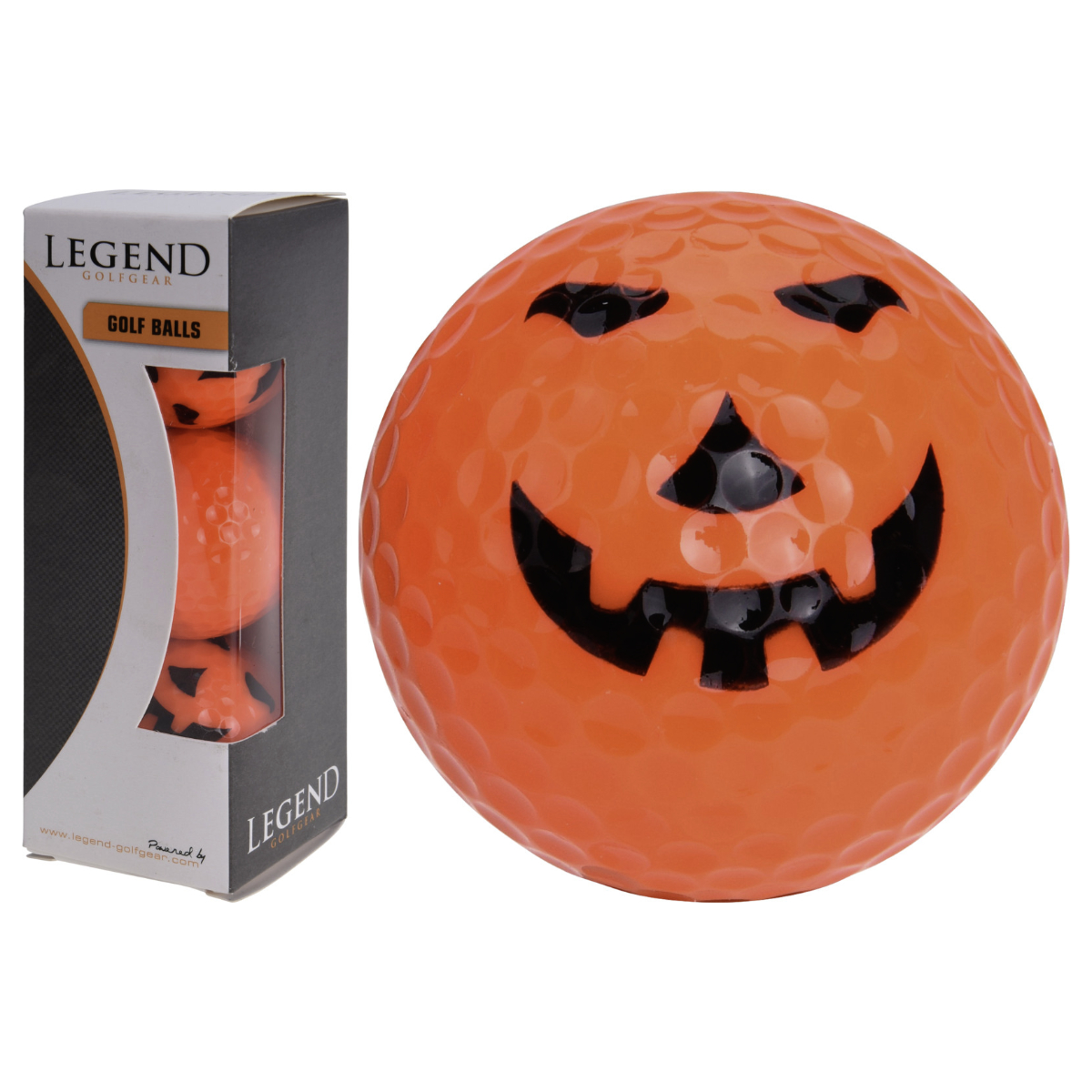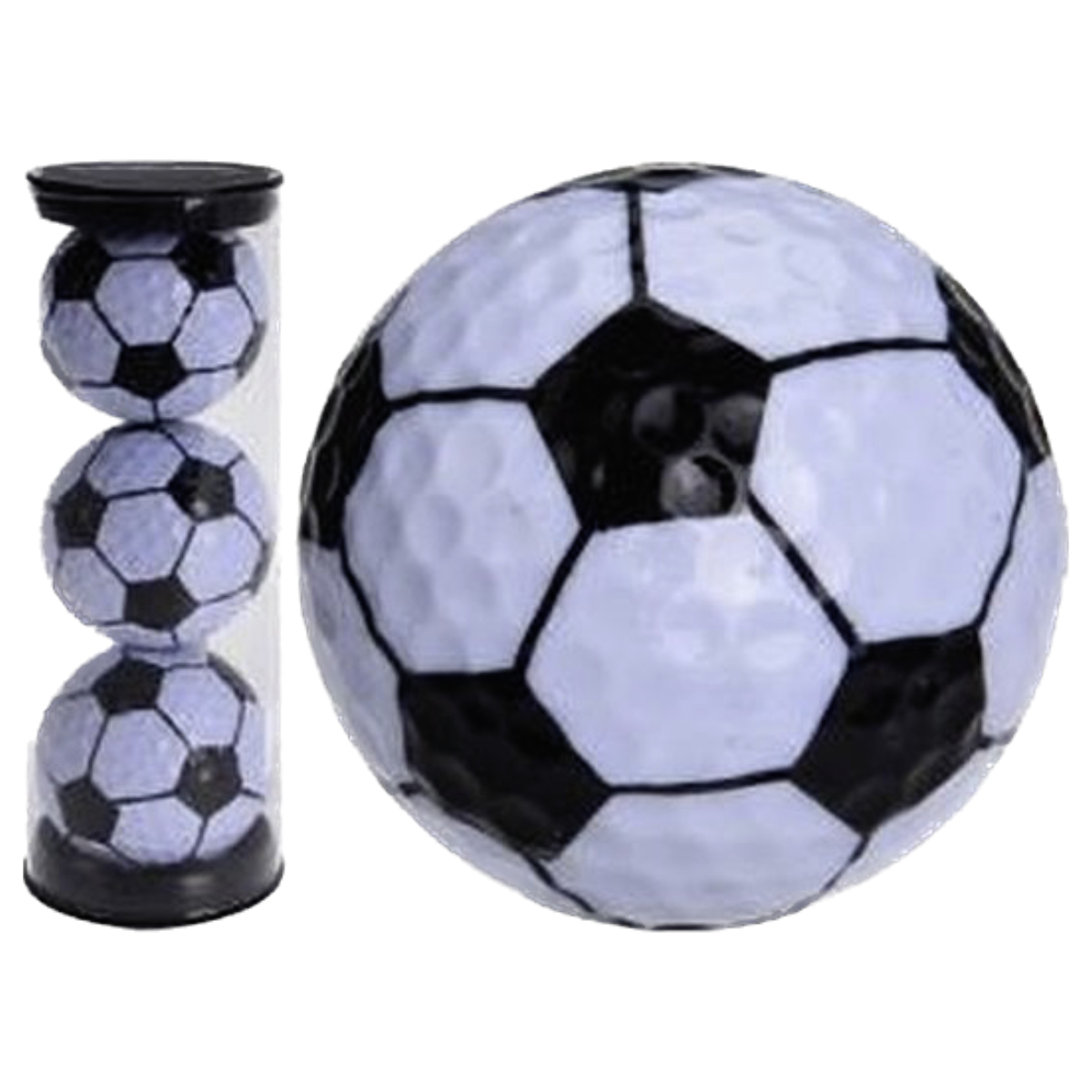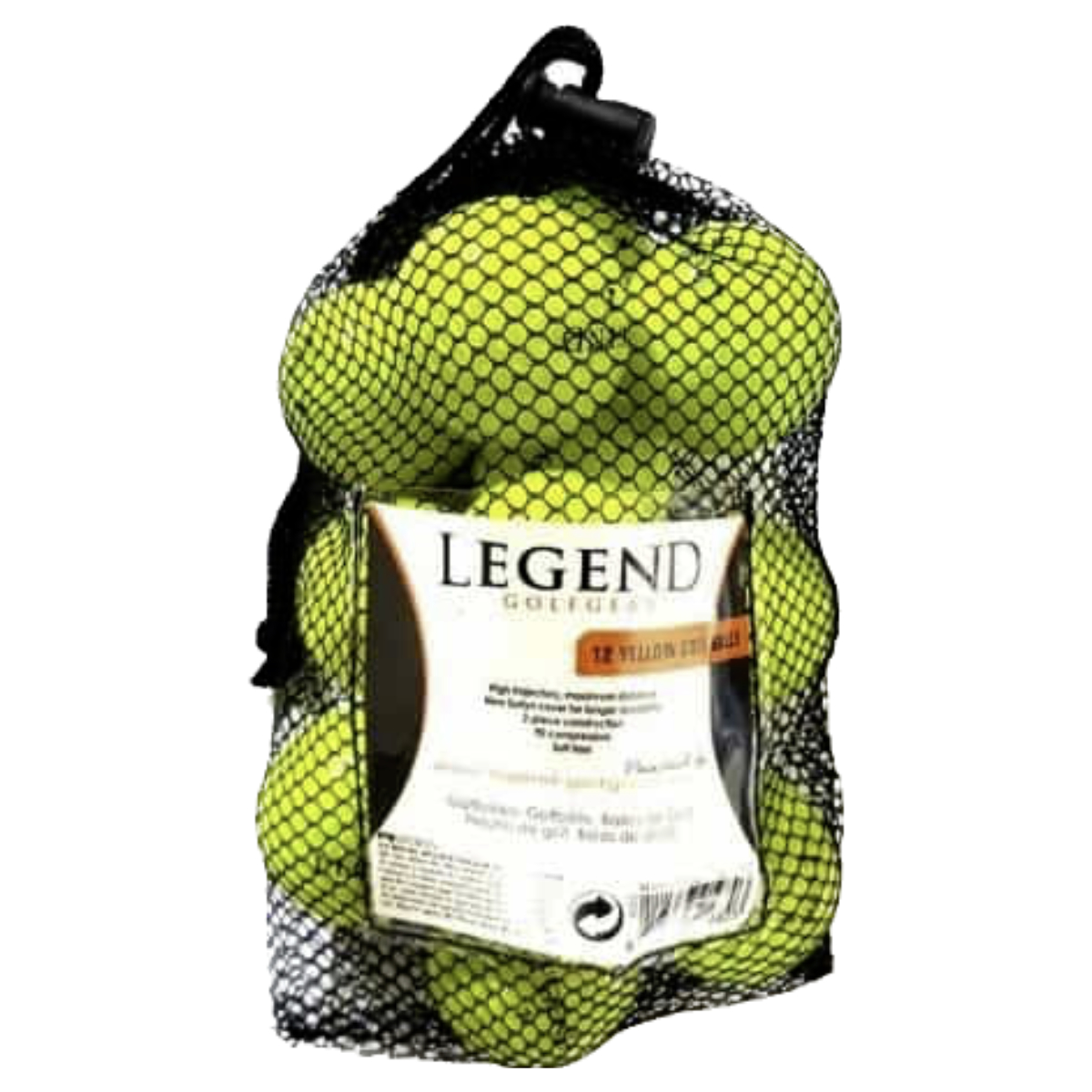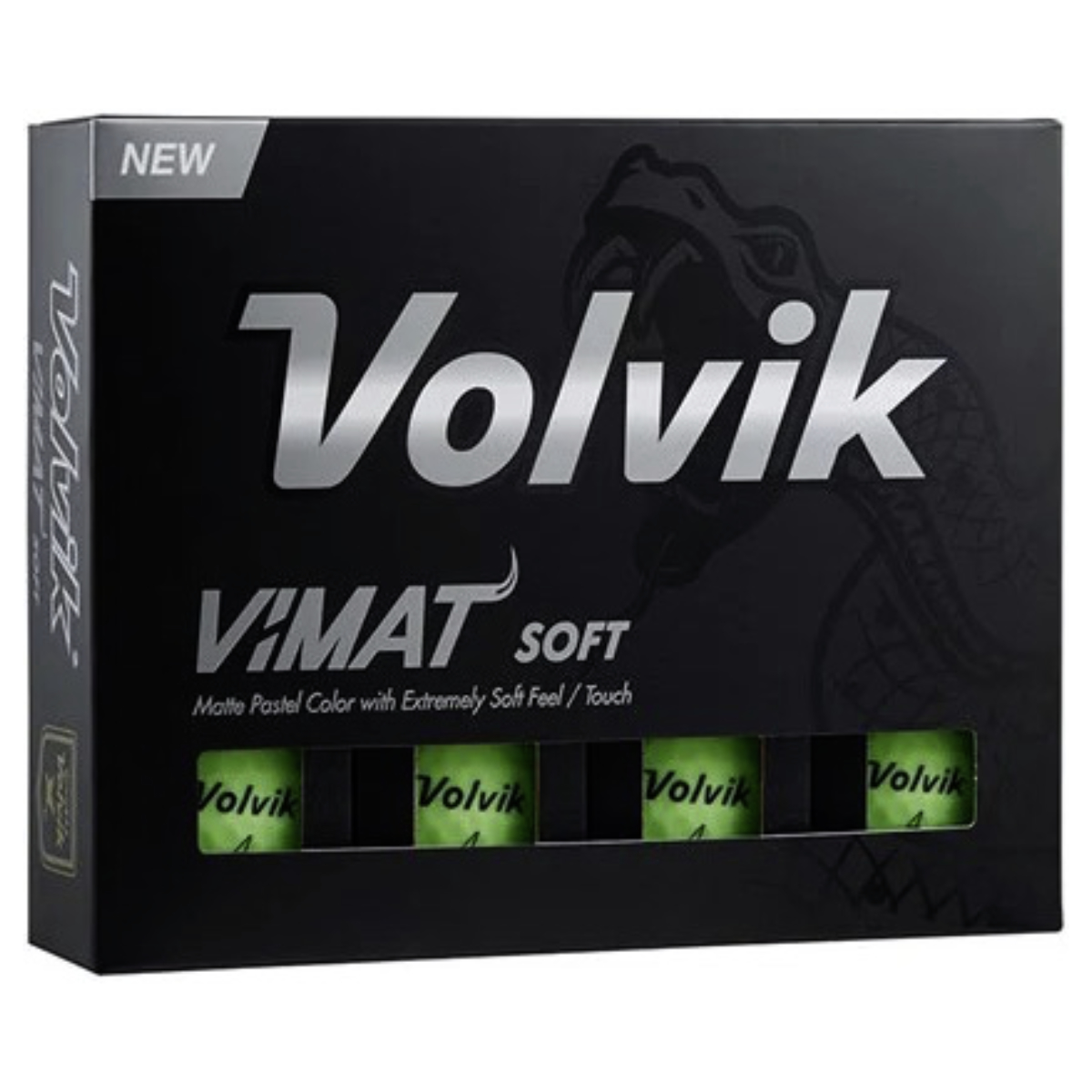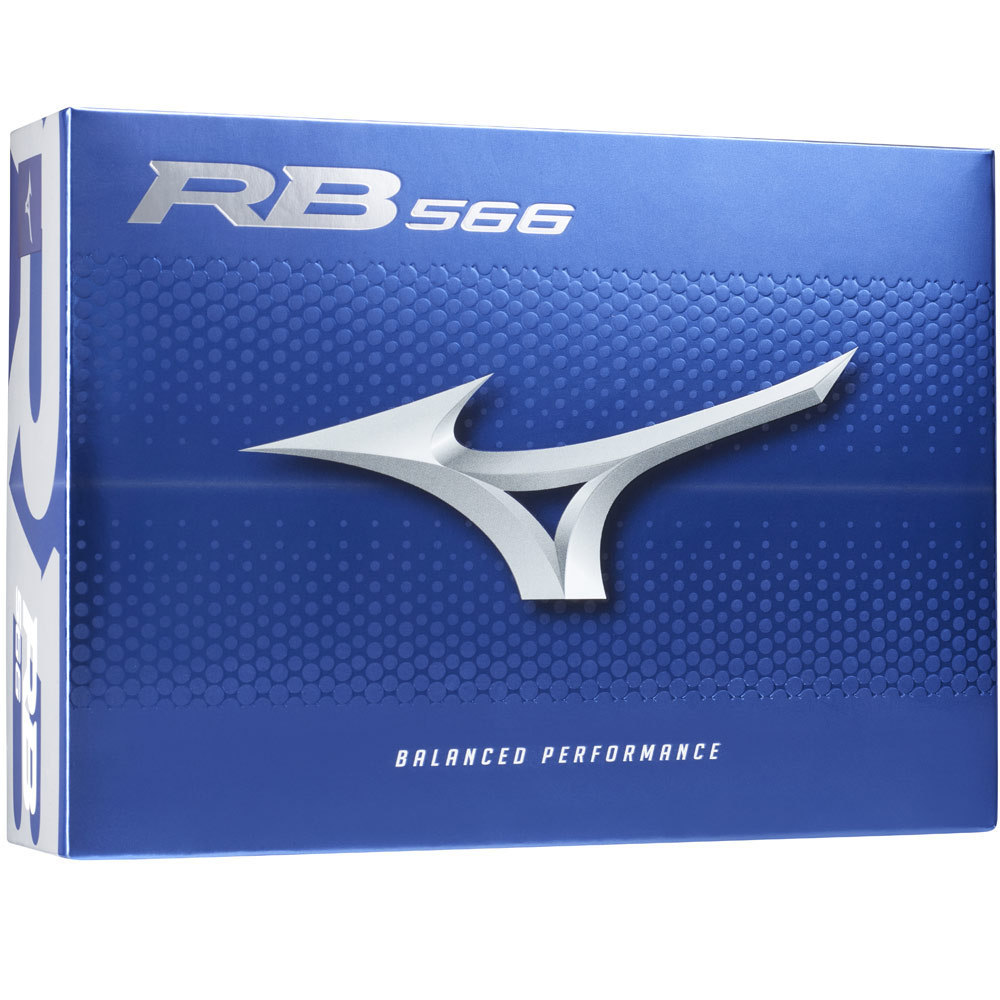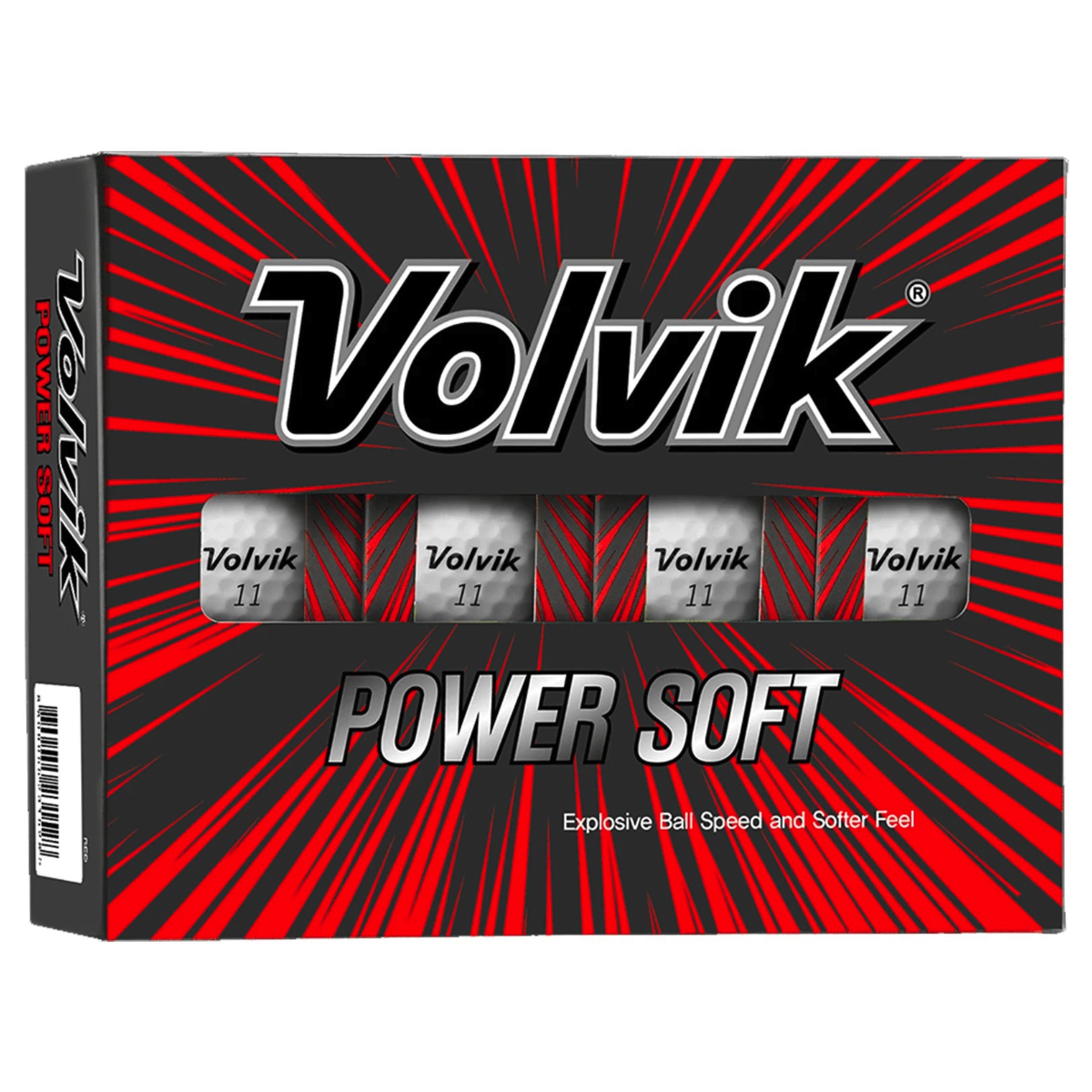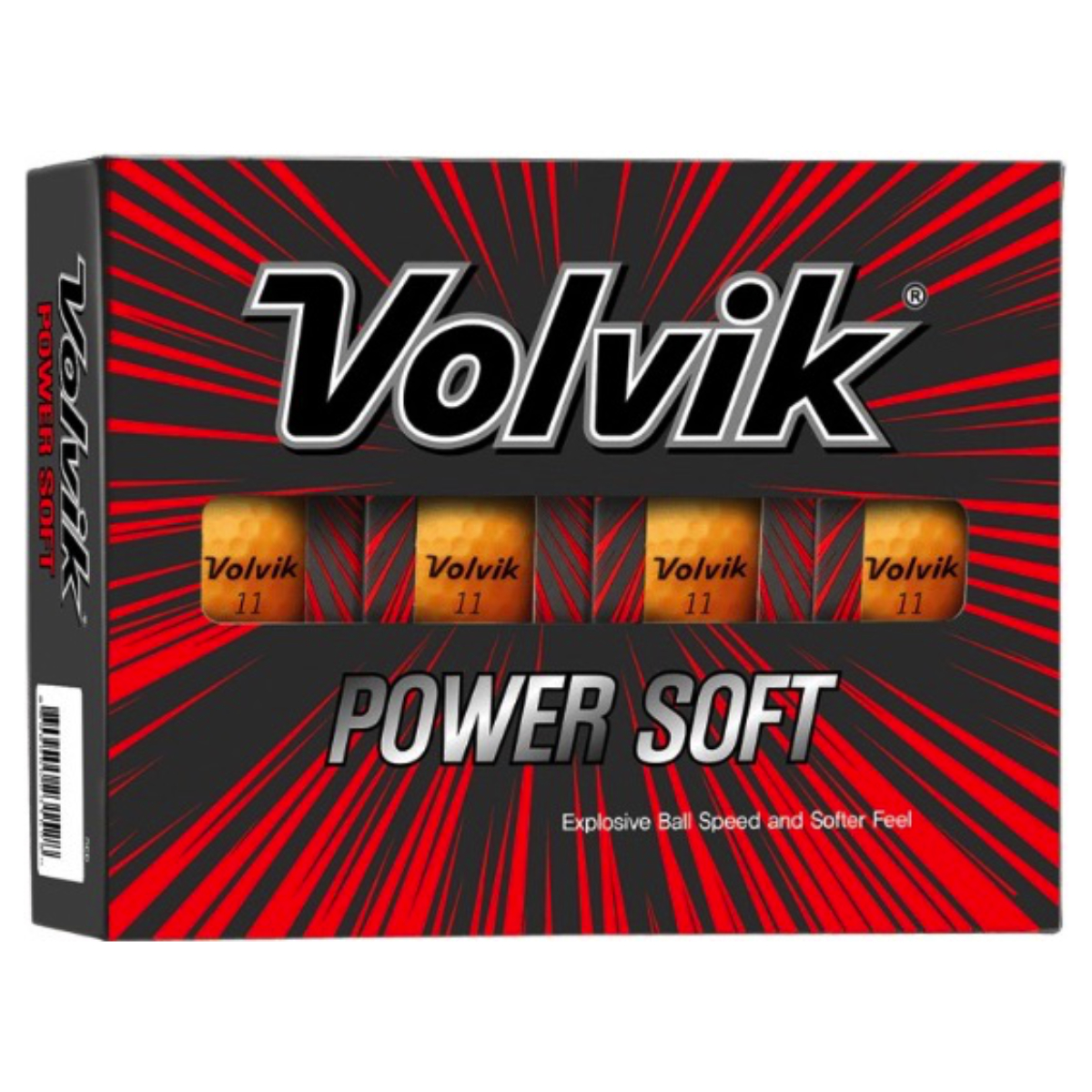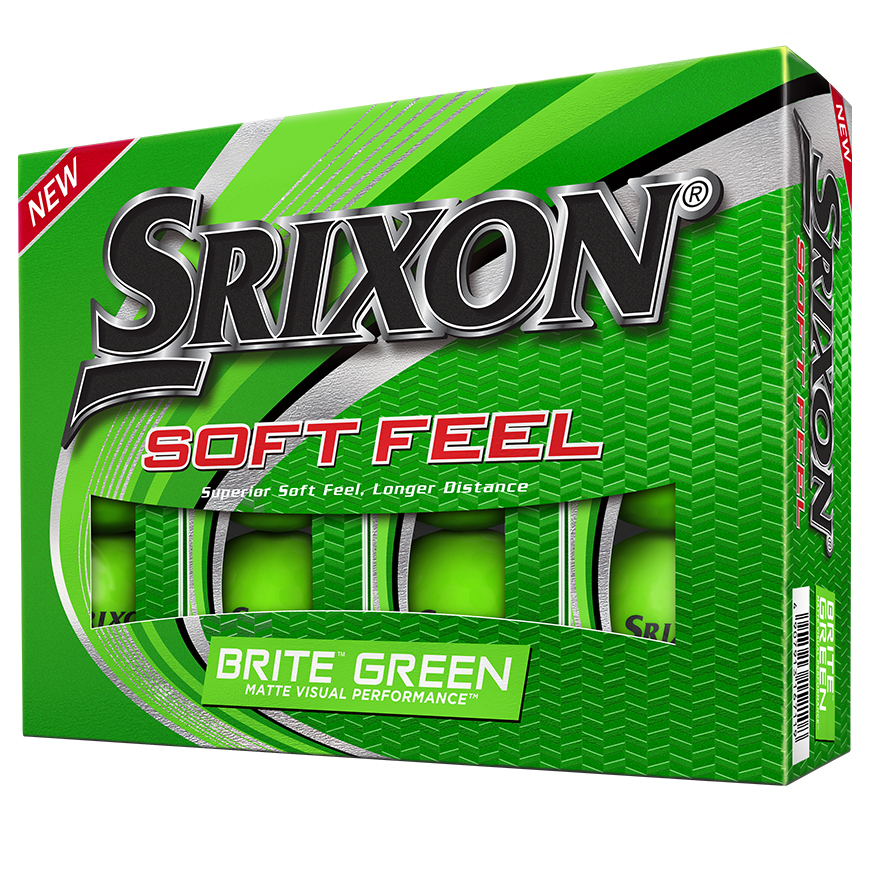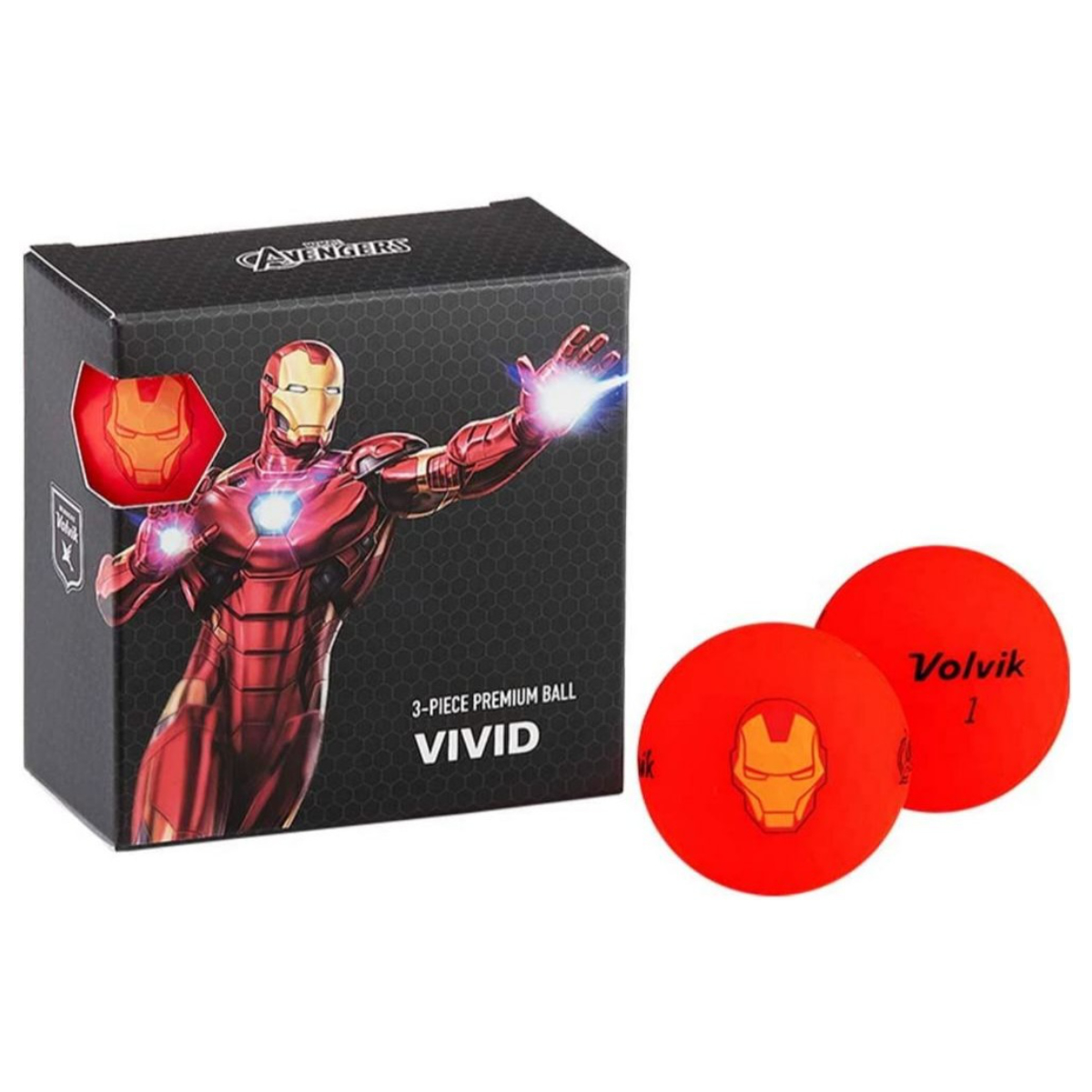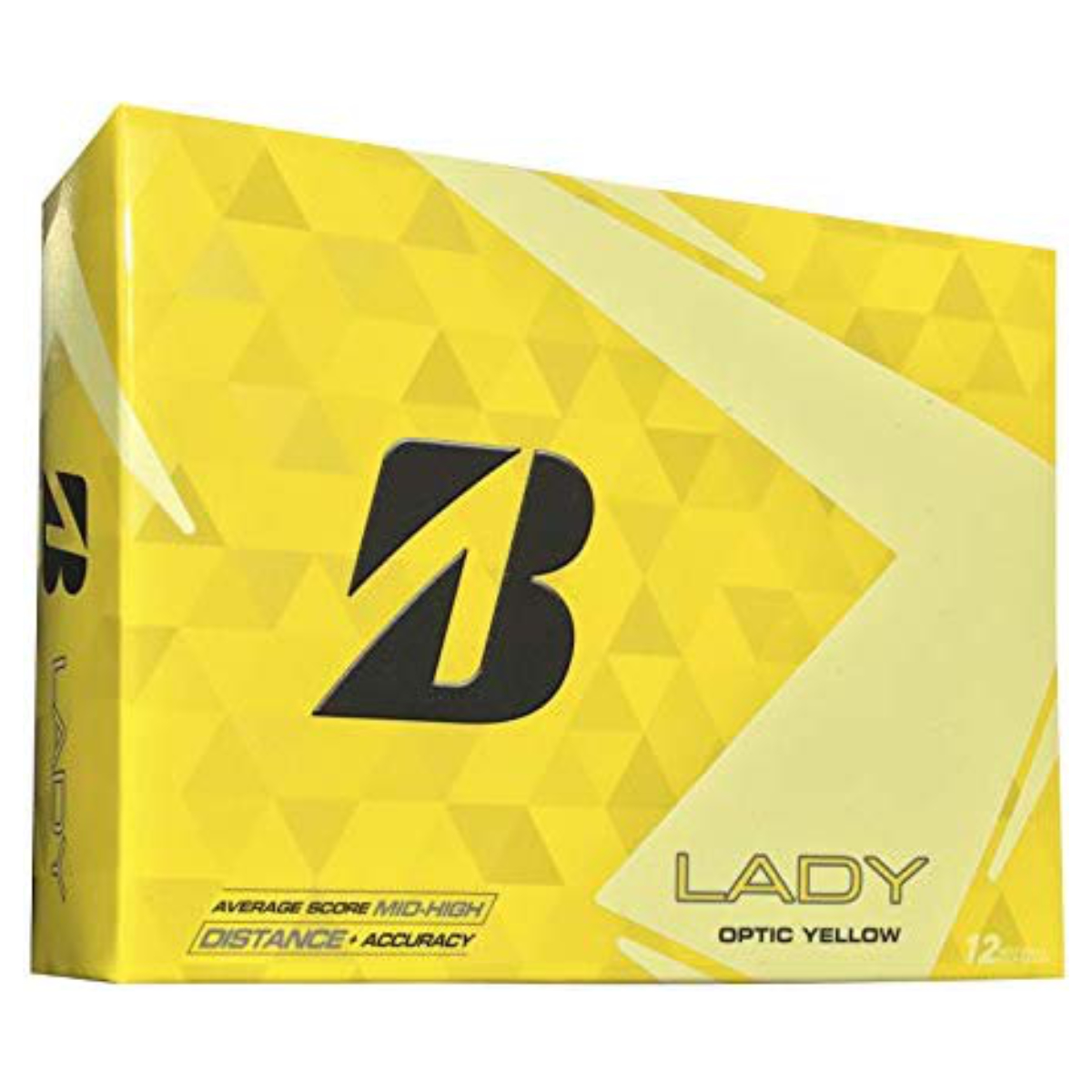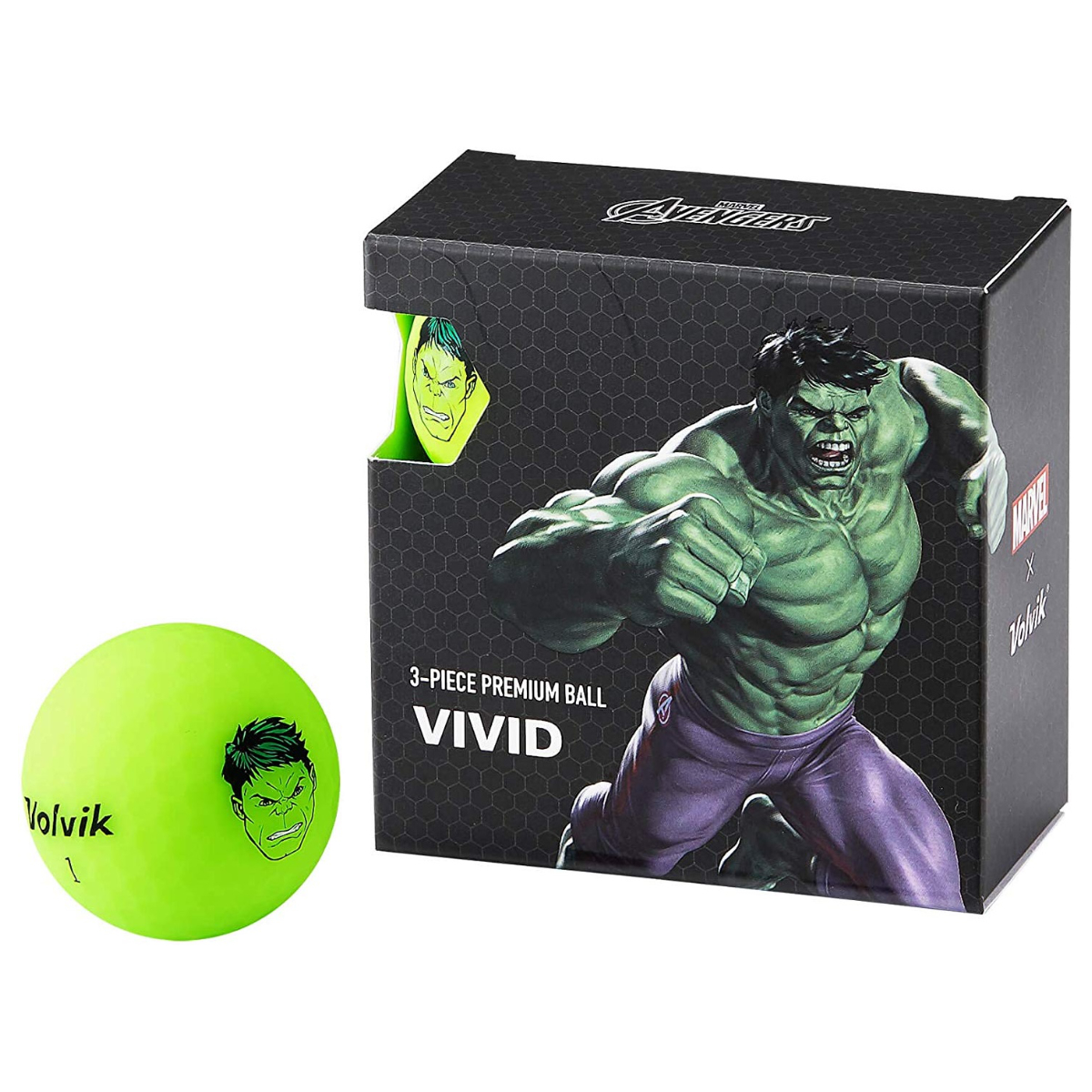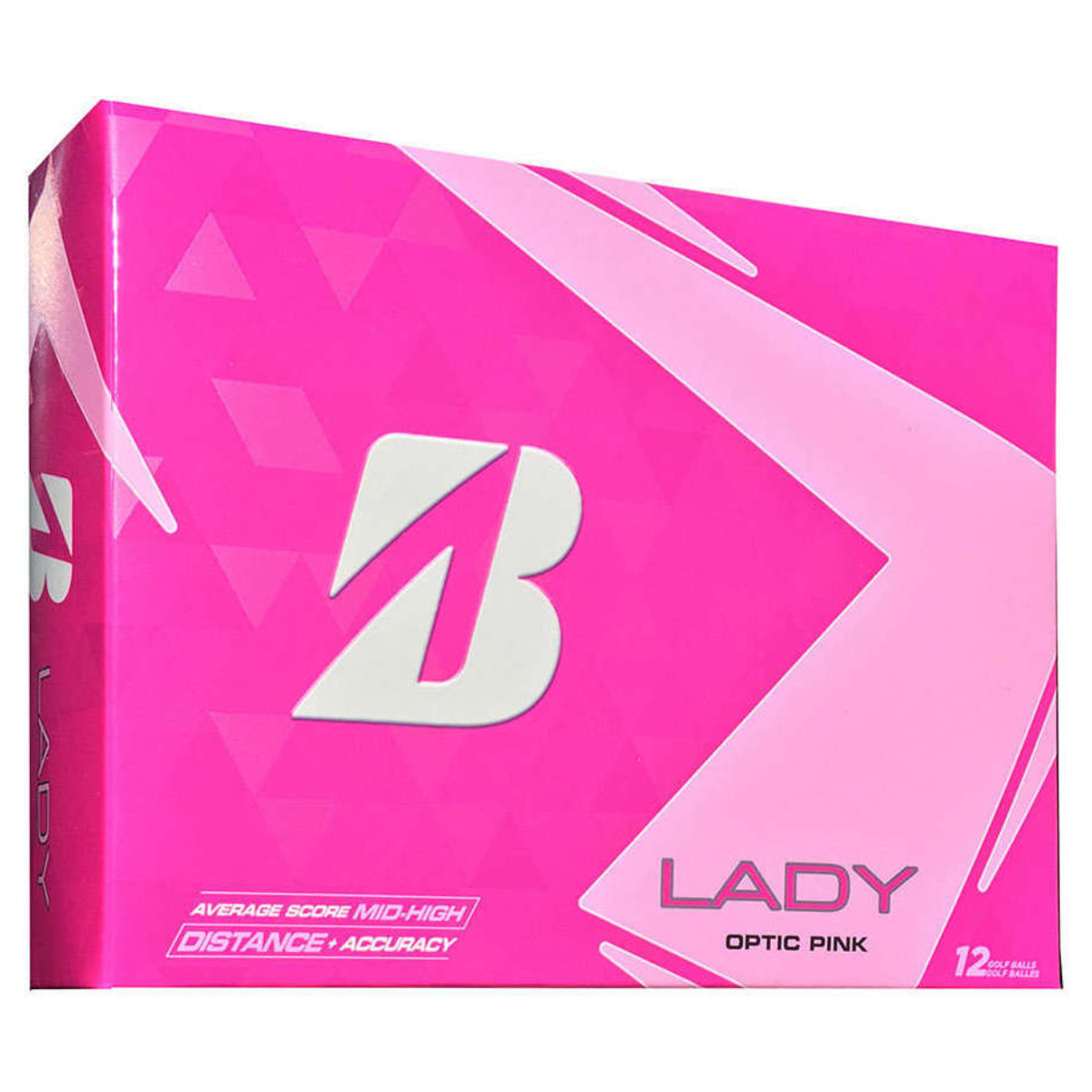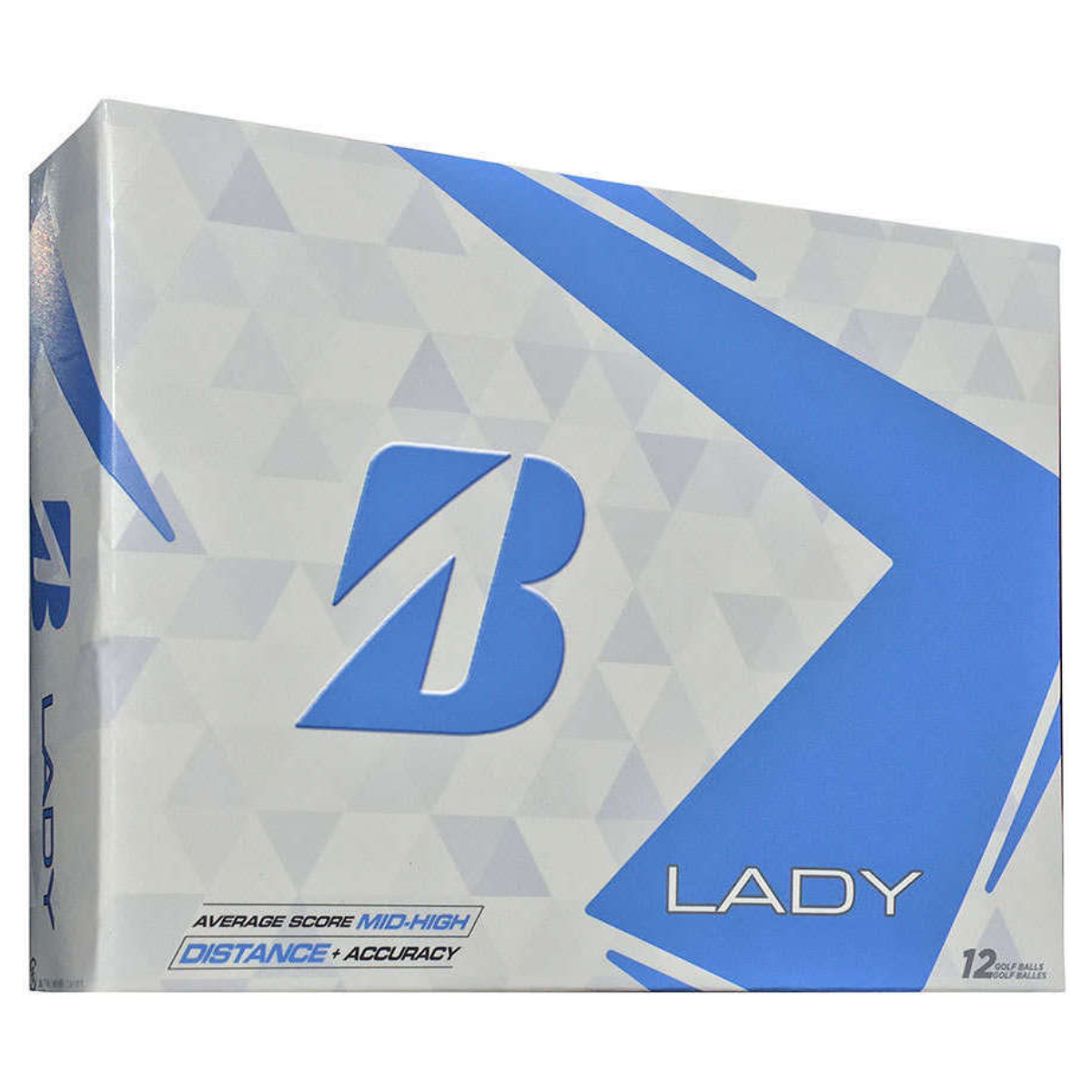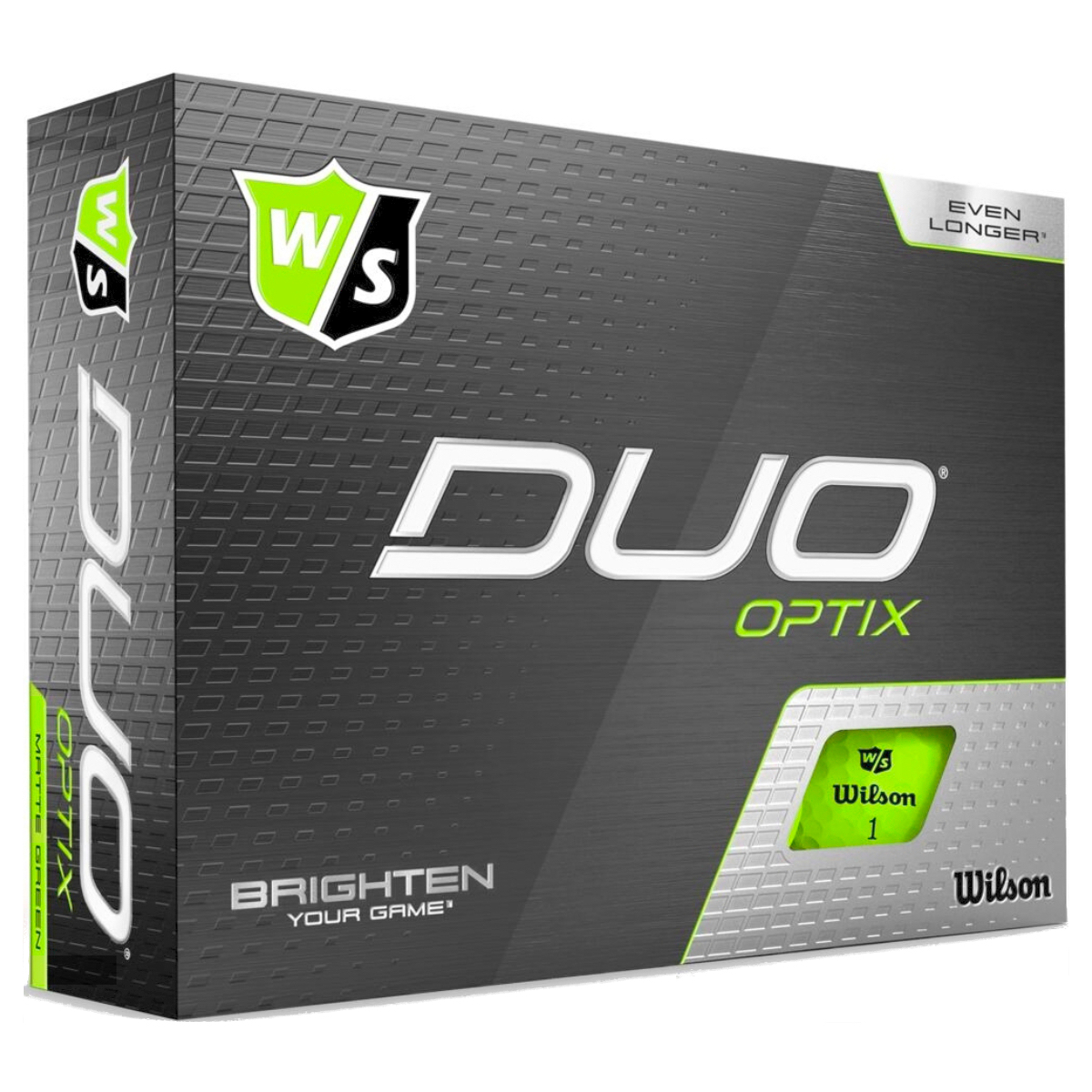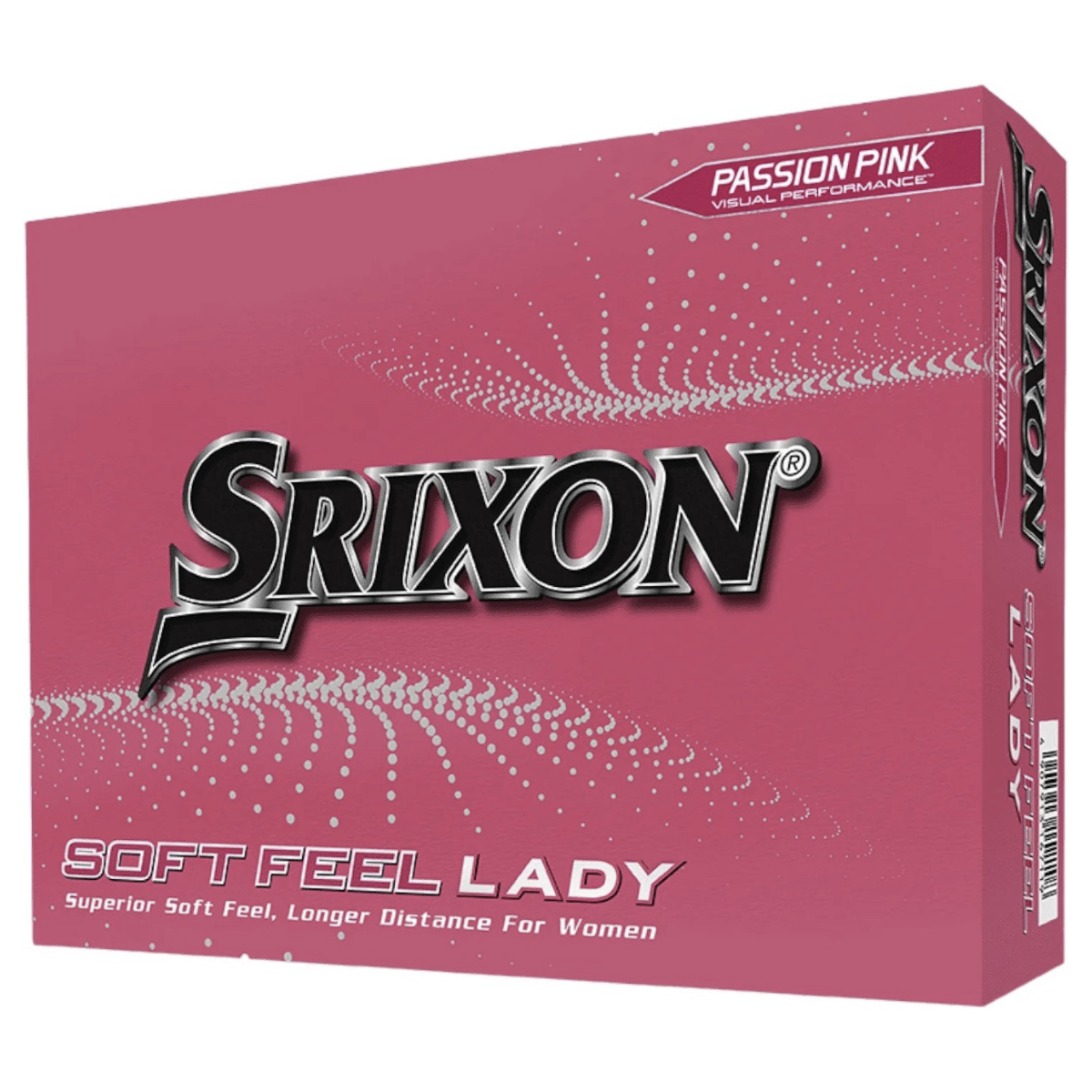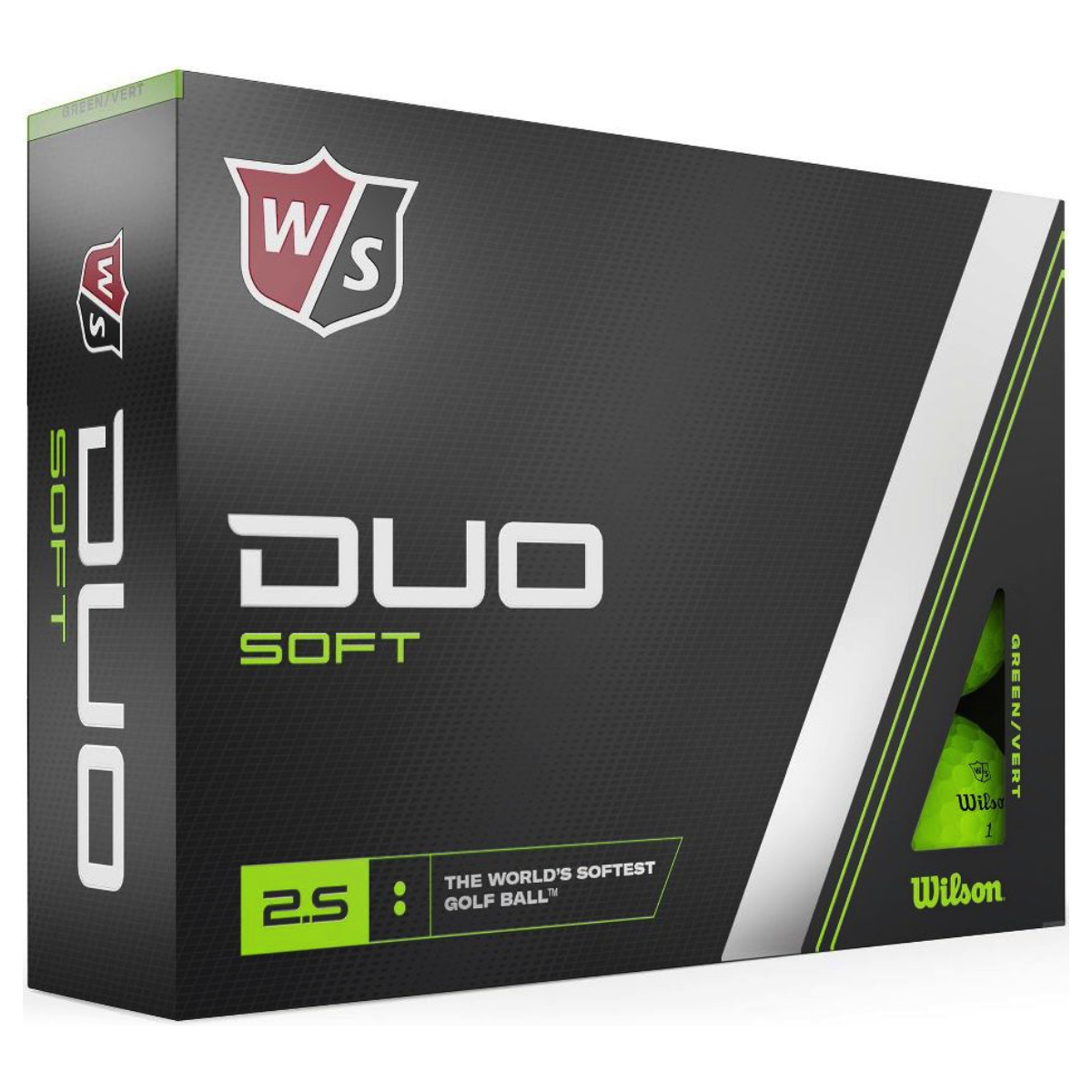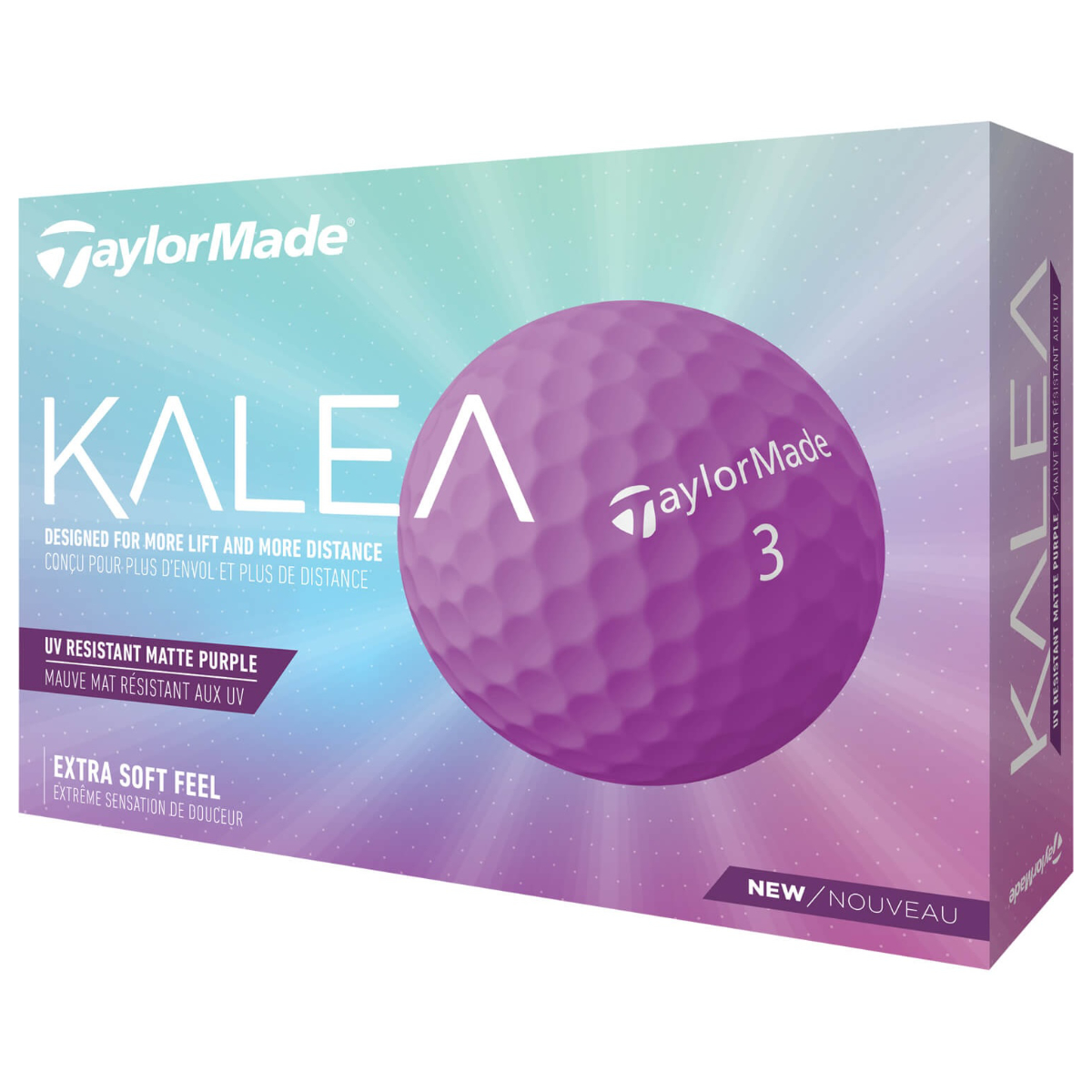Golf balls
Back
Filter
–
"What could possibly differentiate one golf ball from another?" This is a question often asked by beginners in golf. Those in the know understand that the differences can be immense. While the choice of ball may not be critical for casual play or practice rounds, it becomes crucial for those looking to improve their handicap and especially for professionals. The characteristics, flight properties, and intended use can vary significantly between different ball types and brands. Depending on your playing style, swing speed, and type of club, different types of balls will yield better results. Let's explore the various types of golf balls and what you should consider when choosing one.
Golf balls differ significantly in material and construction. With one exception, they consist of a varying hardness plastic cover and a core made of hard rubber or composite materials. There are four main groups of golf ball types.
1-Piece Ball: The most affordable ball type, consisting of a single material without a distinction between cover and core. Primarily used as a practice ball on the driving range, it's not ideal for actual gameplay due to its quick deformation, compromising distance and accuracy.
2-Piece Ball: Most commonly used among recreational golfers, this ball has two layers—a hard core, usually made of resin, and a softer outer cover made of plastic. It offers decent distance with minimal effort and is durable and cost-effective.
3-Piece Ball: More expensive than the two-layer variant, this ball doesn't offer many advantages to amateur golfers. It usually consists of two hard cores surrounded by an outer shell. Providing better feedback and slightly better spin rates than the 2-piece ball, it's preferred by intermediate players.
Multi-Layer Ball: The premium golf ball, featuring four to six layers. Offering excellent spin rates, high speeds, and easy control, this ball type is preferred by professionals and ambitious amateurs. Due to its complex structure, it comes at a higher price point.
Key Characteristics of Golf Balls
Compression: Depending on its construction, a golf ball deforms to varying degrees upon impact, known as compression. It's measured on a scale from 0 to 200. A lower value indicates higher compression and a softer feel. A higher value indicates lower compression, resulting in a firmer ball.
Spin Behavior: The rotation of the golf ball is referred to as spin. Besides the golf club and playing style, the ball used greatly influences spin behavior. A lower spin value results in longer roll, while a higher spin value causes less roll or even backspin.
Flight Path: Aerodynamics vary greatly depending on the ball type. Apart from spin, the external indentations (dimples) determine air resistance, affecting launch angle and flight path. Higher air resistance leads to a higher flight path, while lower resistance results in a flatter trajectory.
Essential Golf Ball Accessories
Golf Tee: Small pegs made of wood or plastic used to position the golf ball for teeing off.
Divot Repair Tool: A fork-like tool used to repair the indentation (pitch mark) caused by the ball's impact on the green.
Ball Retriever: A telescopic extendable stick used to retrieve golf balls from water hazards or hard-to-reach areas with minimal effort.
Ball Marker: To prevent interference with other players' balls on the course, you pick up your ball and mark its position with a small metal or plastic piece until your next shot.
Before You Hit the Green, Visit Fairway Golf Shop
Visit Fairway Golf Shop in Pulheim or our online store at www.fairwaygolf.de for a vast selection of golf products. From golf clubs and balls to functional clothing and golf shoes, as well as bags and trolleys, we offer everything a golf enthusiast could desire—all at fair prices. You'll also receive excellent advice at no extra cost. Explore our range and find your ideal golf equipment. We look forward to serving you!

